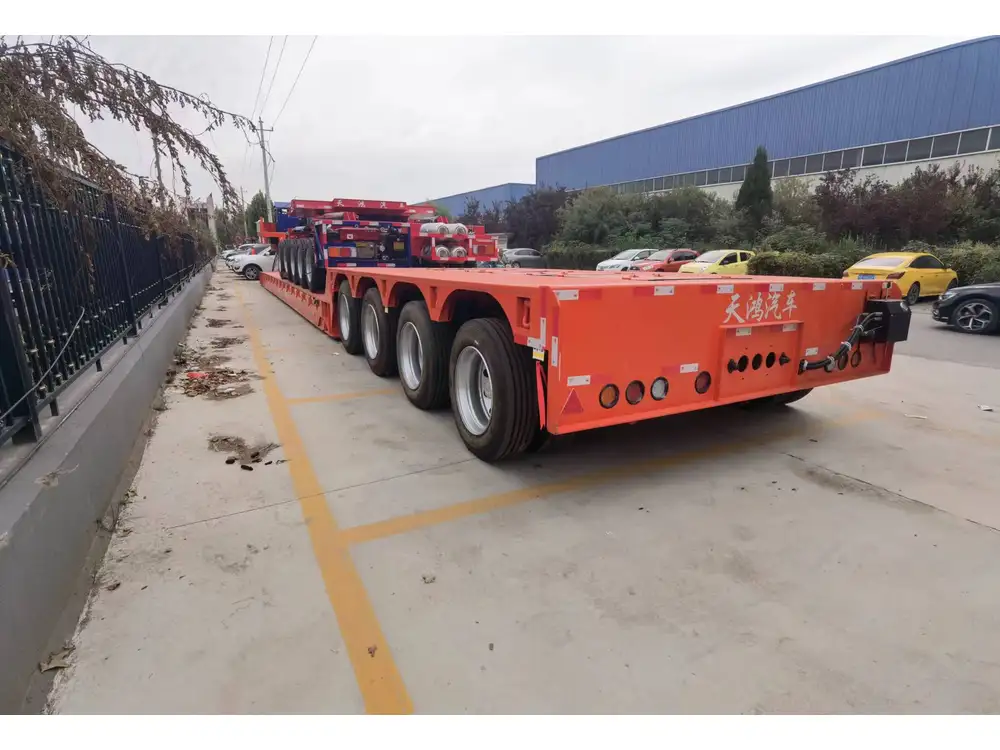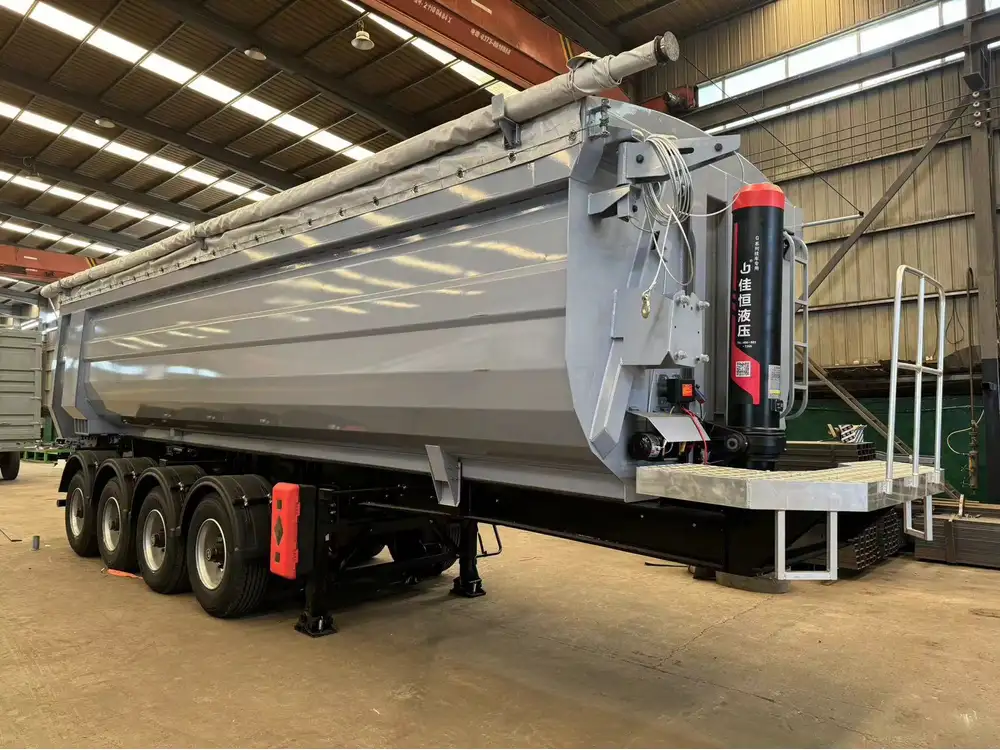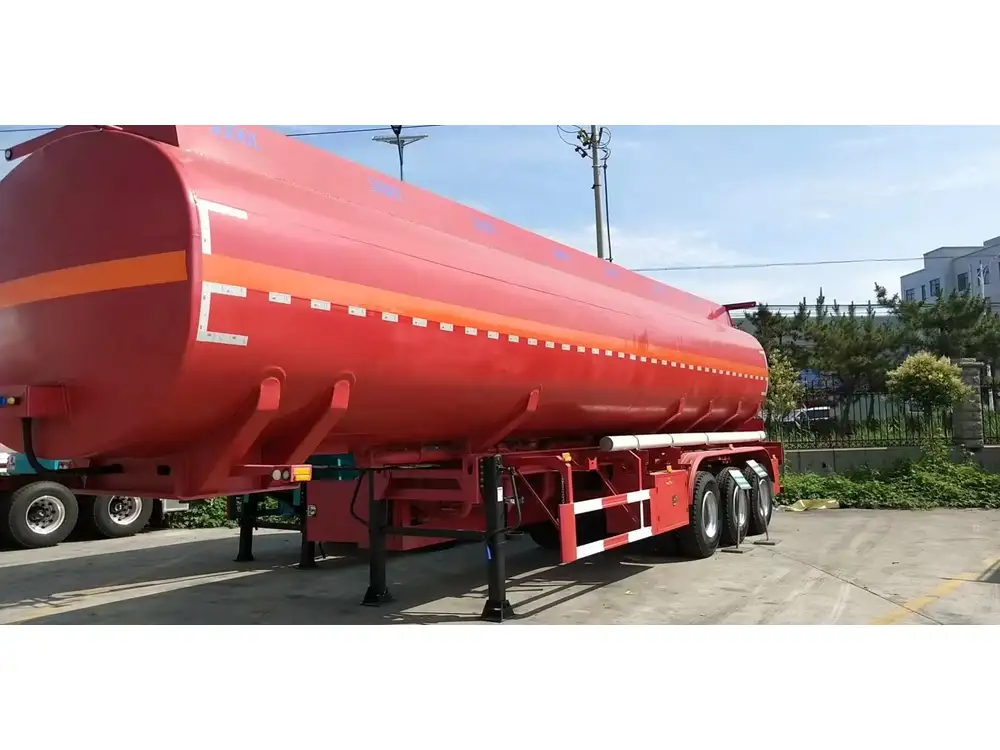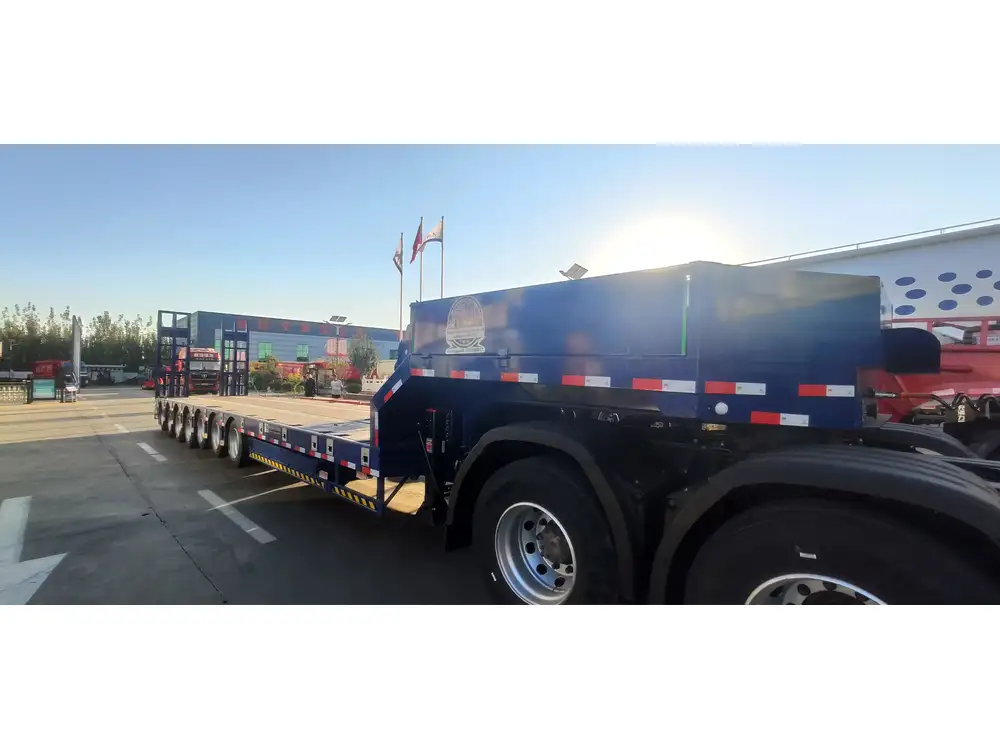Introduction: The Importance of Dimensions in Transportation
In the world of logistics and freight transportation, semi-trailer dimensions are critical determinants of efficiency, compliance, and safety on the road. As manufacturers and users of semi-trailers, it is imperative to be acquainted with standard height specifications to ensure compatibility with infrastructure and regulations. This guide elucidates the height of a standard semi-trailer, delving into construction features, regulatory standards, and their implications on transportation.
What Constitutes a Standard Semi-Trailer Height?

Standard Height Specifications
A standard semi-trailer often measures approximately 13.6 feet (or 4.15 meters) in height, which encompasses the trailer’s overall structure from the ground to the roof. This specification is essential as it aligns with federal regulations, particularly in the United States, dictating maximum vehicle height for road travel.
| Type of Semi-Trailer | Standard Height |
|---|---|
| Flatbed Trailer | ~ 13.0 – 14.0 ft |
| Dry Van Trailer | ~ 13.5 – 14.0 ft |
| Refrigerated Trailer | ~ 13.6 ft |
| Tanker Trailer | ~ 13.6 ft |
| Car Hauler | ~ 13.5 – 14.0 ft |
Regional Variations and Regulations
While the aforementioned heights are standard, it is essential to recognize that different regions may impose distinct height regulations. For example, in some states or countries, the maximum allowable height may be capped at 13.0 feet due to unique infrastructure, such as bridges and overpasses.
- The Federal Highway Administration (FHWA) has set specific limits which most trailers adhere to, ensuring that they can safely navigate roadways without clearance issues.
- It is advisable for operators and fleet managers to remain cognizant of regional statutes when determining the height specifications of their vehicles.
Factors Influencing Semi-Trailer Height

1. Load Capacity and Distribution
While the standard height provides a baseline, the actual operational height of a semi-trailer can vary based on load distribution and type of cargo being transported. Given that semi-trailers must accommodate diverse types of freight, below are considerations regarding load and height:
- Flatbed Trailers: Often loaded with heavy machinery or construction materials, flatbed trailers may have varying height profiles based on load elevation.
- Refrigerated Trailers: With built-in cooling systems, these trailers may also feature elevated heights to accommodate insulation and refrigeration equipment.
2. Trailer Type and Design
The semi-trailer design plays a pivotal role in overall height. The two primary configurations include:
- Low-Profile Trailers: These are often designed to accommodate oversize or tall loads without exceeding height restrictions.
- High Cube Trailers: Offering additional vertical space, these trailers are ideal for light, bulky cargo, although they may surpass standard height limitations.
3. Tire and Suspension System
The semi-trailer’s suspension system and tire size further contribute to its height. Adjustments made to tire pressure can affect ride height, with lower tire pressures potentially increasing the trailer’s height clearance. Hence:
- Operators must maintain optimal tire pressure levels to ensure performance without exceeding legal height limits.
- Inspections of the suspension system also play a role in maintaining the correct height during loaded journeys.

Compliance and Safety on the Road
Federal and State Regulations
The adherence to height restrictions is not merely a formality; it holds significant repercussions. Non-compliance can lead to fines and possible vehicle impoundments. Here’s an overview of relevant regulations:
- DOT Regulations: Enforced by the Department of Transportation, these regulations dictate maximum vehicle dimensions, including height. It is the responsibility of the driver and transport companies to ensure compliance.
- Bridge Clearance: Various infrastructure components, such as bridges and overpasses, have specific clearance limits. For example, many overpasses in urban areas have a clearance around 14.0 feet, requiring operators to ensure their trailer heights remain under this limit.
Safety Inspections
Routine inspections are vital for ensuring continued compliance with height specifications. Key considerations include:
| Inspection Aspect | Importance |
|---|---|
| Tire Conditions | Affects overall height and performance |
| Suspension Integrity | Ensures trailers remain within height limits |
| Cargo Securement | Improves stability, preventing load shift |
| Compliance Stickers and Signage | Reflects adherence to regulations |

Common Issues Related to Semi-Trailer Height
Clearance Problems
The issue of inadequate clearance is a common concern that leads to costly delays and damages. Here are several crucial points regarding clearance:
- Underpasses and Bridges: When utilizing local routes, drivers must be vigilant of height restrictions indicated along roadways to avoid accidents.
- Loading Docks: Often, loading docks will have specific clearance requirements. Not adhering to these can lead to significant operational disruptions.
Weight Distribution Miscalculations
Incorrect height may result from improperly distributed weight, potentially leading to excessive strain on tires and axle loads. Consequently, this may elevate the semi-trailer beyond permissible levels.
- Overloading: Exceeding maximum load limits can unintentionally raise the trailer’s height.
- Poorly Secured Loads: Inefficient load security may result in shifting, creating a safety hazard when traversing uneven terrains.

Navigating Height and Weight Regulations
Knowledge of height and weight regulations is crucial for fleet managers and transport operators. Here’s a succinct guide on navigating these regulations effectively:
| Action | Steps |
|---|---|
| Check Local Regulations | Consult regional DOT for specific height limits |
| Default to Standard Specifications | Use standard height metrics in planning transport |
| Verify Load Height Before Departure | Employ measuring tools to confirm trailer height post-loading |
Conclusion: Navigating the Landscape of Semi-Trailer Height
The height of a standard semi-trailer is a fundamental aspect of its operation, impacting efficiency, compliance, and safety. By comprehending the standard specifications and the multifaceted factors that influence trailer height, manufacturers and operators can not only ensure adherence to regulatory standards but also optimize logistics and minimize operational risks. The integration of compliance checks, thorough inspections, and strategic route planning facilitates the smooth movement of cargo while maintaining safety standards.
As freight transportation continues to evolve, staying informed on height-related best practices will empower operators to navigate the challenges of today’s fast-paced logistics environment efficiently.



